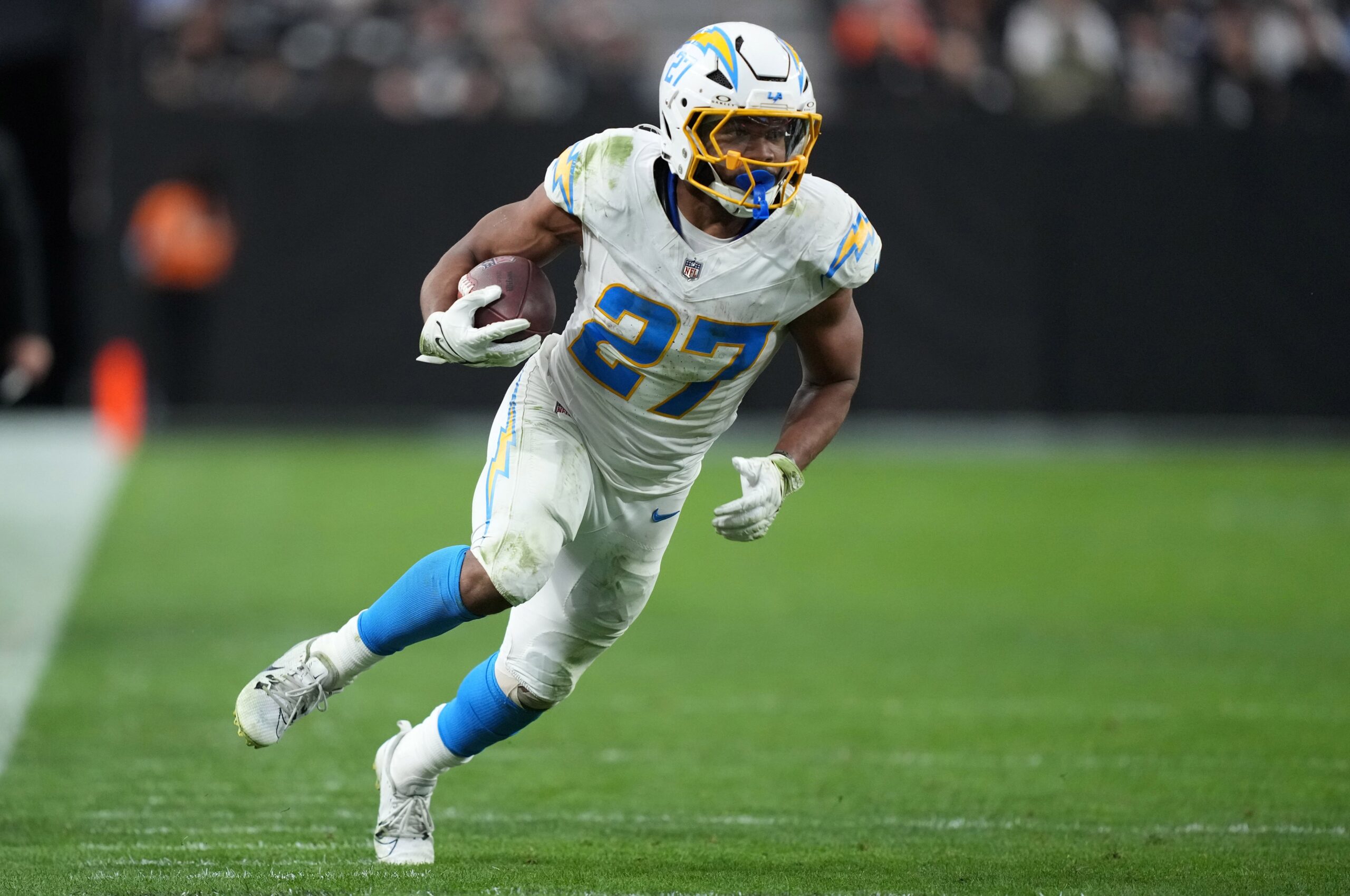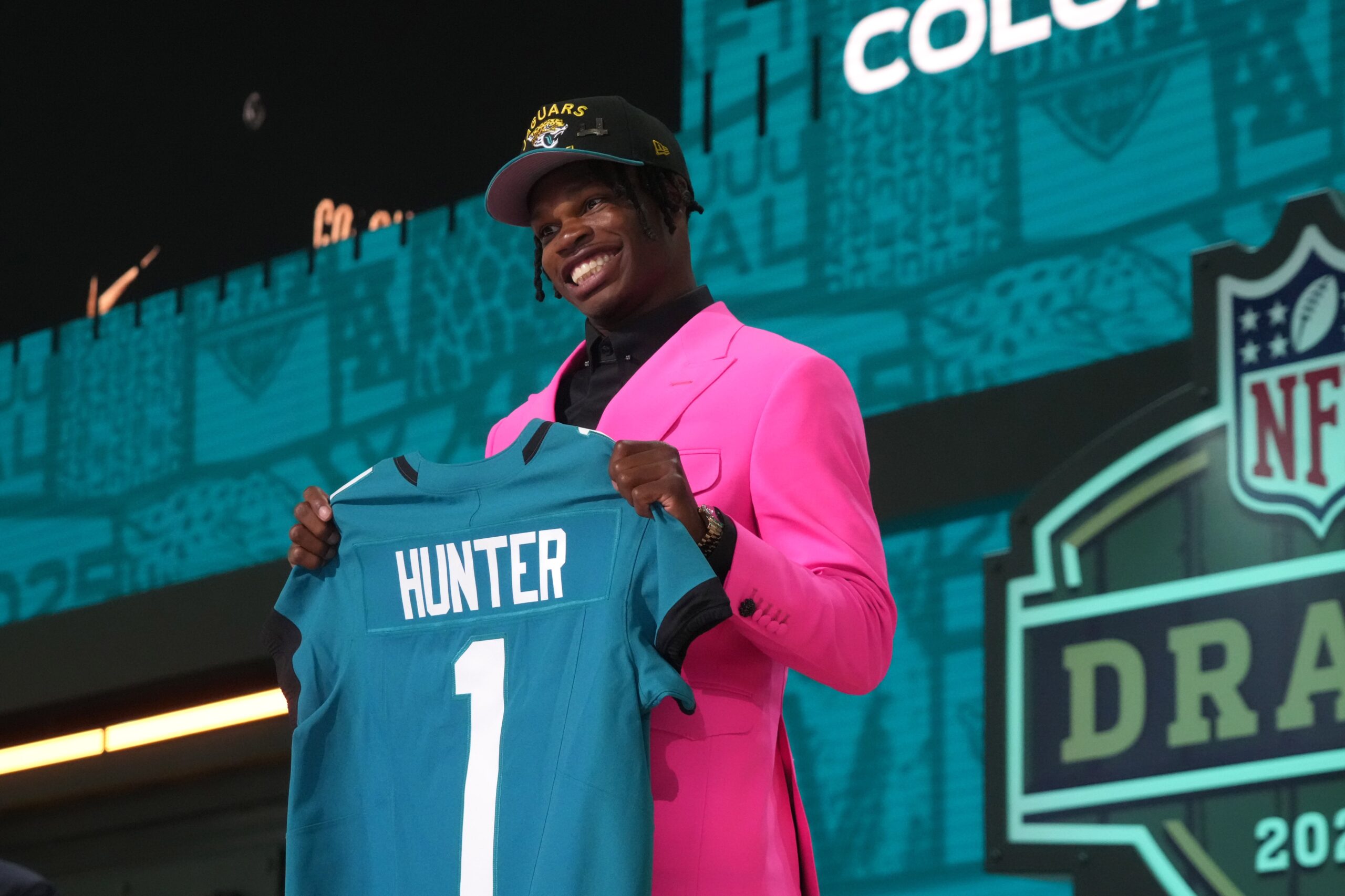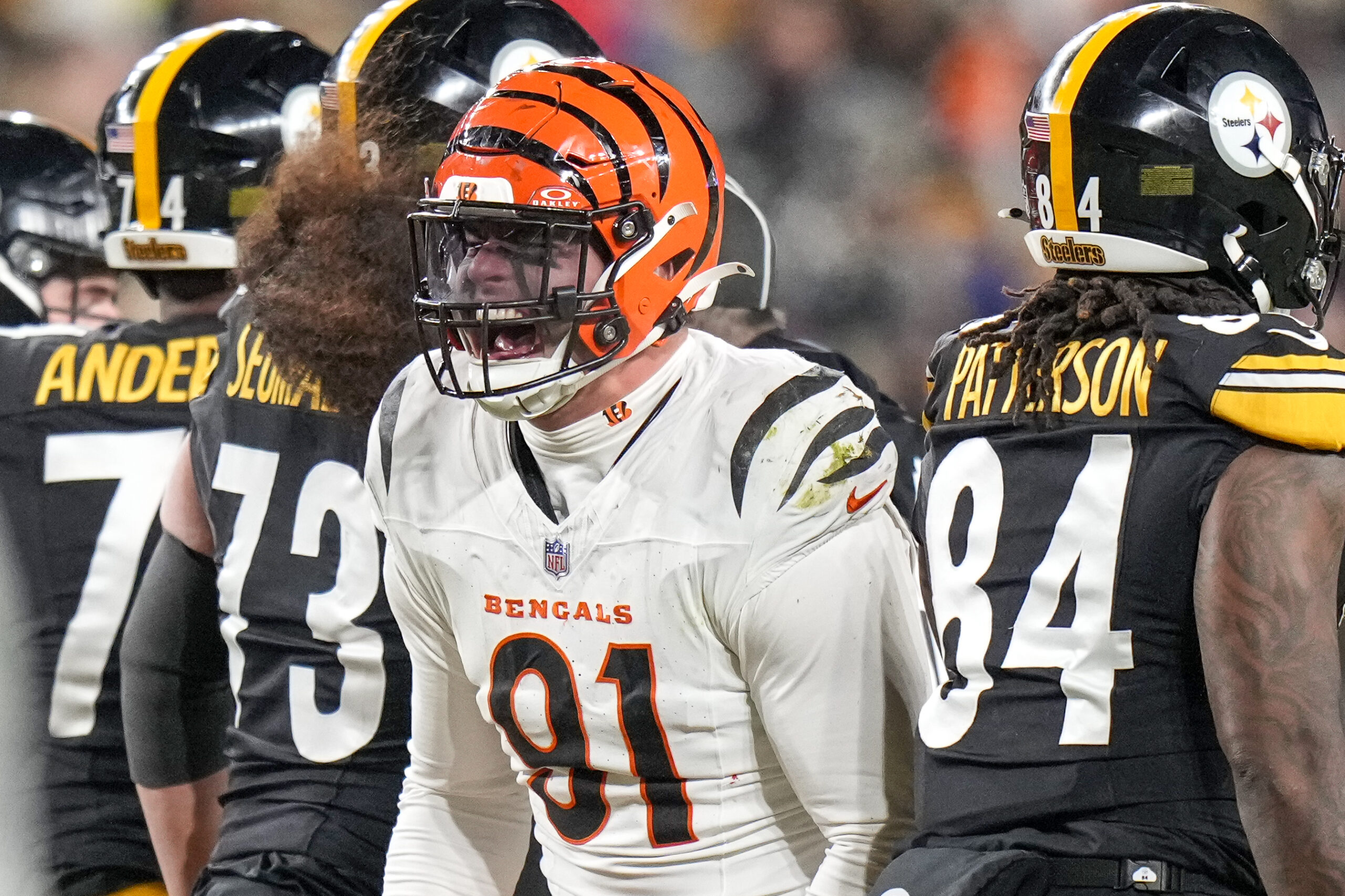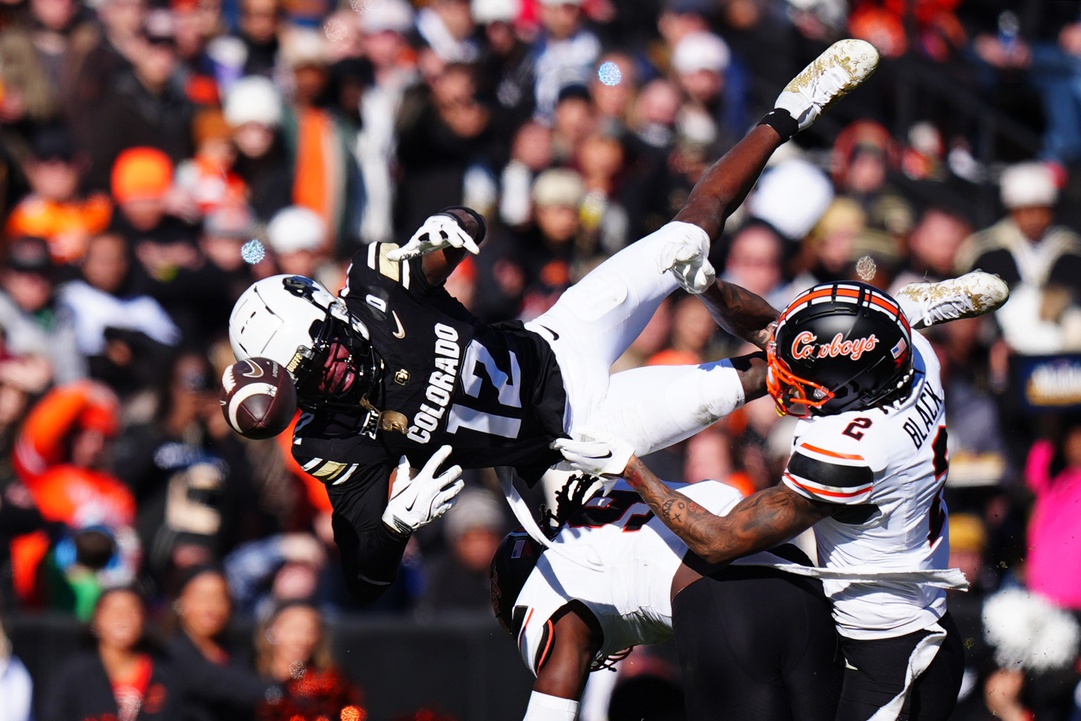NFL Analysis
12/22/23
6 min read
2024 NFL Free Agency: An Early Look at Who, What Teams Will Look For
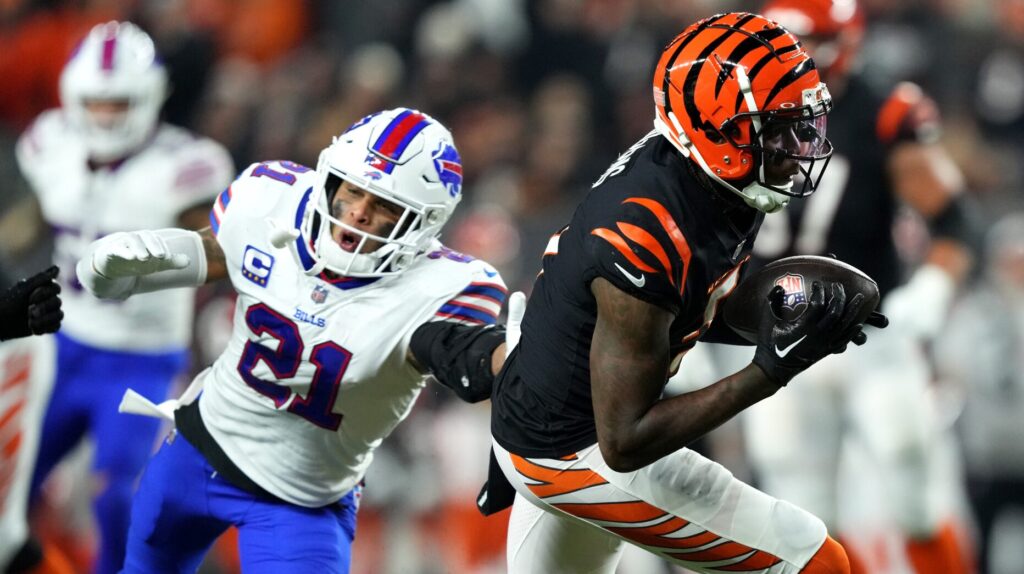
With most of the NFL still showing a playoff pulse, there’s far more league-wide focus on the present than the future.
The brunt of player-personnel discussion is about players who can provide upgrades or plug injury holes.
Still, it’s never too soon for teams, even those still in the postseason picture, to look ahead.
General managers are always mindful of which veterans on their roster they’ll keep, and which are likely to depart. They also have a good idea of how much room will be available under the salary cap and where and how to address weaknesses.
That’s where the process of setting boards comes in.
Two Places to Find Players
By now, each of the NFL’s 32 clubs has two boards actively going. One is for college prospects. It’s subject to constant adjustment, as scouting grades are accumulated. The other is for potential free agents. It, too, is adjusted as teams apply franchise tags and/or extend contracts that keep players out of the open market.
So, even while a team zeroes in on winning a division championship, landing the No. 1 seed or simply clinching a playoff spot, it still has an eye on the possible riches the offseason will bring.
“Certainly, this time of year, you’re trying to project who’s going to be free,” said former NFL executive and The 33rd Team analyst Mike Tannenbaum. “If you do it too soon, it becomes sometimes an exercise in futility because half the guys you’re looking at get signed. So, you really start ramping it up towards the latter half of the regular season when you’re starting to consider, ‘OK, who’s gonna be available in March?’”
There’s plenty of intrigue with the potential of the 2024 free agent market, though little of it involves the most important position. In fact, for now, the only prominent quarterback due to become a free agent is Kirk Cousins.
Teams were lining up for the chance to sign Cousins in 2018 when his contract with Washington expired. The Minnesota Vikings won the bidding with a fully guaranteed three-year contract worth $84 million.
Whether he’ll draw the same attention after this season is uncertain in part because Cousins’ 2023 campaign was cut short by a torn Achilles. Considering the Vikings’ struggles without him, Cousins, assuming he’s healthy, could well stay put.
I think that whole dynamic of this draft class of quarterbacks, where there could be six first-rounders, is going to enter the thought process affecting the quarterbacks in free agency.
Former NFL executive Jeff Diamond
Otherwise, there aren’t expected to be any free-agent quarterbacks who would prompt teams desperate to fill the spot to turn away from a draft with high-ranking QB prospects like USC’s Caleb Williams, LSU’s Jayden Daniels, North Carolina’s Drake Maye, Washington’s Michael Penix Jr. and Oregon’s Bo Nix.
>> READ: Latest 2024 NFL Mock Draft
“I think that whole dynamic of this draft class of quarterbacks, where there could be six first-rounders, is going to enter the thought process affecting the quarterbacks in free agency,” said former NFL executive and The 33rd Team analyst Jeff Diamond.
Teams Might Look For An Edge
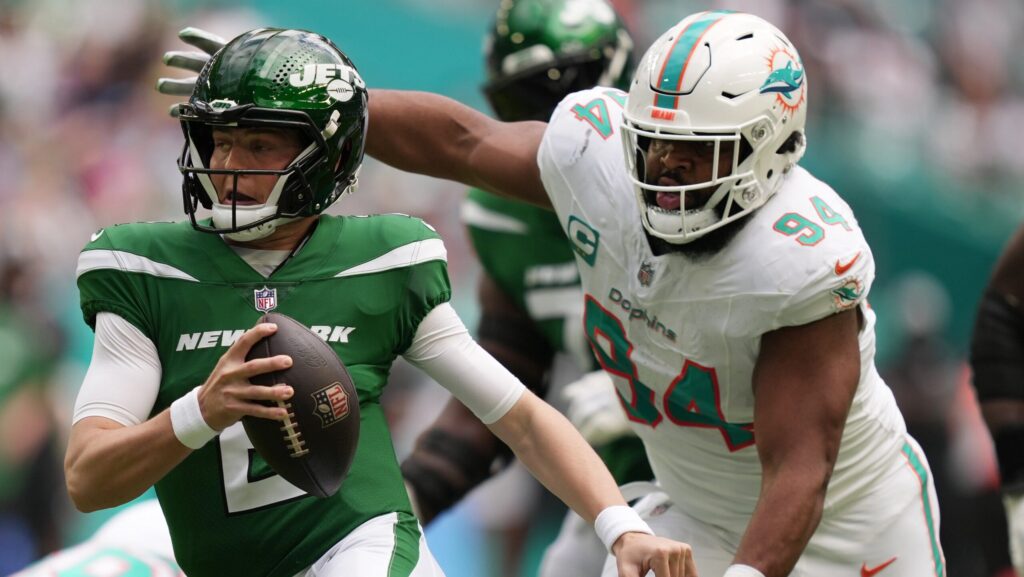
Still, regardless of who you have behind center, the ability to get after the other team’s quarterback is no less a priority. The 2024 free-agent market could be stocked with elite interior and edge pass-rushers in Chris Jones of Kansas City, Josh Allen of Jacksonville, Brian Burns of Carolina, Justin Madubuike of Baltimore and Christian Wilkins of Miami.
Jones has the rare ability to be equally effective as an interior lineman or on the outside. Given he’s likely to carry a franchise tag estimated at more than $33 million, the Chiefs might have little choice but to let him walk.
After performing well in 2022, Allen has had a monster 2023 season. That should only cause his bargaining position to soar.
Burns, another edge rusher, has been the one bright light in the disaster that has been the Panthers’ 2023 season. Though the Panthers have refused to trade him, they could say goodbye if he hits the open market.
Madubuike has been a terror of an inside pass-rusher. His relentless pursuit has made him a constant nightmare for opposing quarterbacks. The same goes for Wilkins, who is also a beast against the run.
“One of the things we’d be spending time doing now is putting players into different tiers,” Tannenbaum said. “For instance, there would be an ‘A Group,’ with Christian Wilkins, Chris Jones, Madubuike. And then you’d have the next group of ‘Quality Starters,’ where there’s maybe a little bit more value.”
Getting Players For Second Contracts
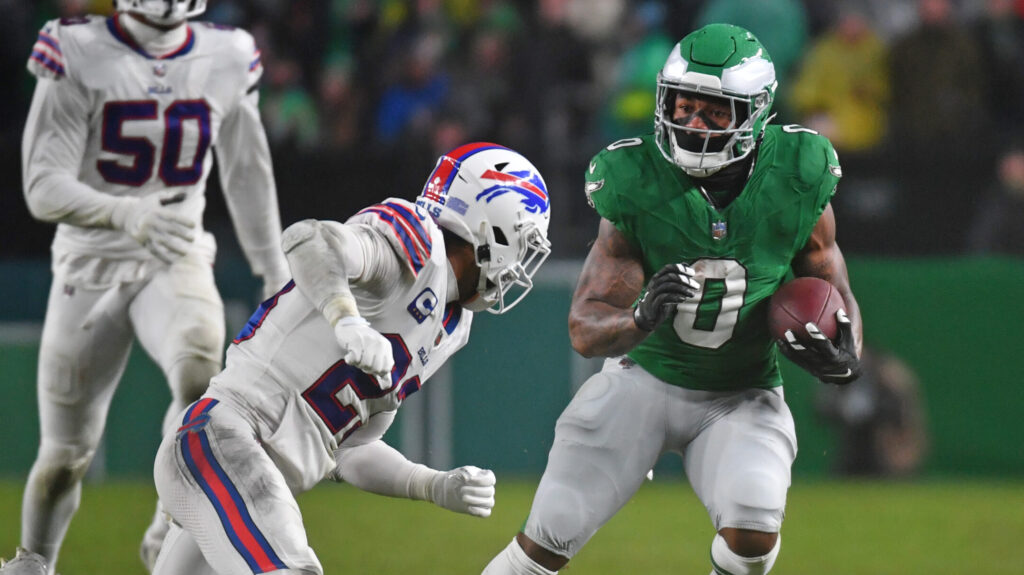
Diamond says the best route to go in the open market is with players emerging from their rookie contracts. Allen and Burns fall into that category, as does fellow edge rusher Chase Young of San Francisco, wide receivers Tee Higgins of Cincinnati and Michael Pittman Jr. of Indianapolis and running back D'Andre Swift of Philadelphia.
“I think all GMs really prefer to sign players who are coming out of their rookie contracts and that are in their mid-20s, where there’s really less injury risk,” Diamond said. “I think those players are very hungry, and they’re at the peak of their athletic ability. Not to say that they can't be in their 30s because there certainly are a ton of players who are still very productive in their 30s. But the injury risk is certainly heightened at that point in time.”
Are you paying for what he’s going to do versus what he’s done?
Former NFL executive Mike Tannenbaum
“You’re going to be checking boxes on all these guys, like medical, age,” Tannenbaum said. “Are you paying for what he’s going to do versus what he’s done? All those things become part of that conversation. And you want to do a lot of the legwork ahead of time.”
There are plenty of cautionary tales that underscore the importance of teams doing deep dives on players before spending big free-agent dollars on them.
The most recent was the Los Angeles Chargers, who signed CB J.C. Jackson from the New England Patriots to a five-year, $82.5-million contract. He wound up struggling to stay healthy and played poorly enough to be benched before the Chargers traded him back to the Patriots.
It’s also another reminder that the best free-agency moves aren’t those that involve players from other teams.
“I think retaining your current players is the first priority because there’s always that risk in free agency that the player will not fit in as well with his next team,” Diamond said. “I always challenge people by saying, ‘Give me five players who have been better at their next team than they were at their original team.’ And it’s a very limited list. It might be Reggie White, Deion Sanders … and I’m not sure who all else is on it.”


